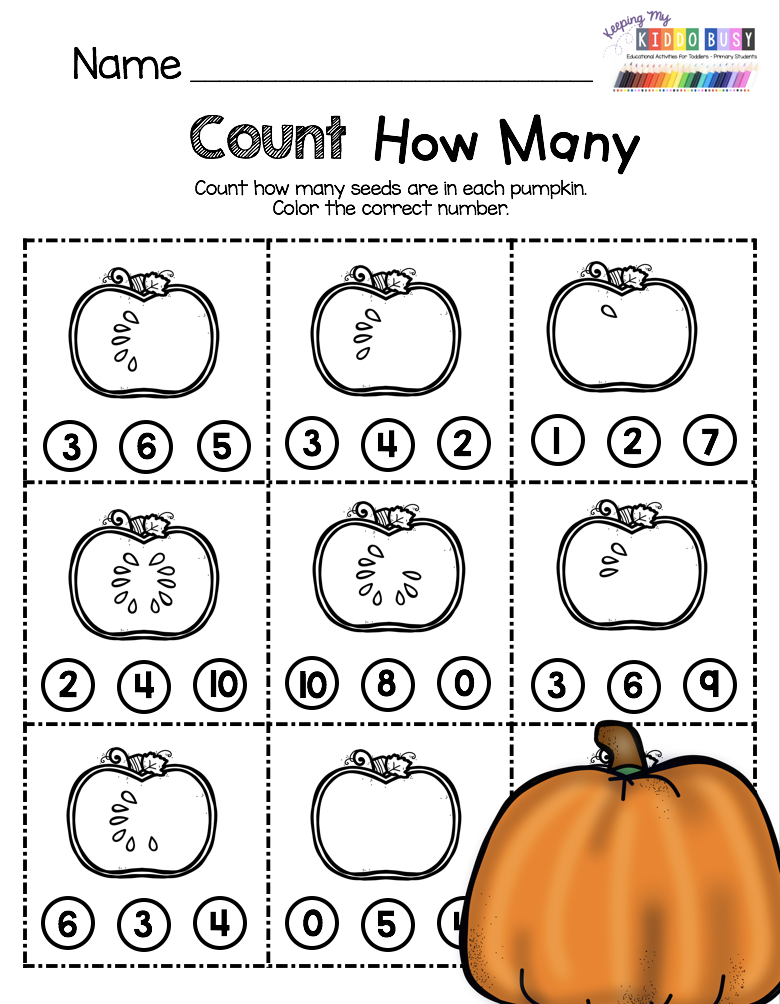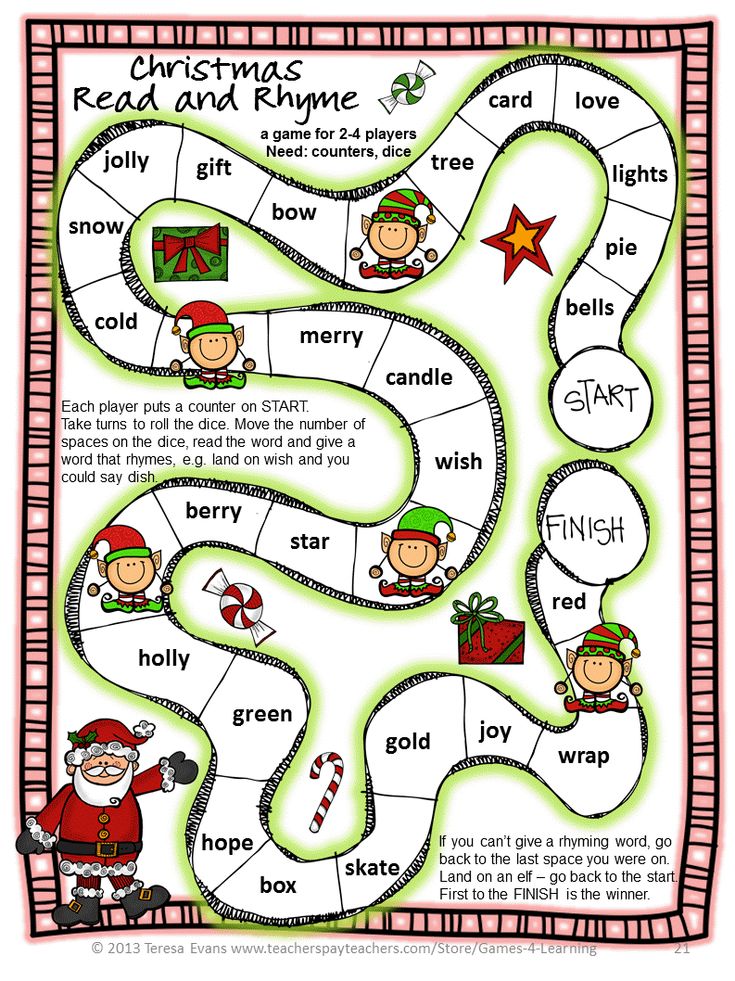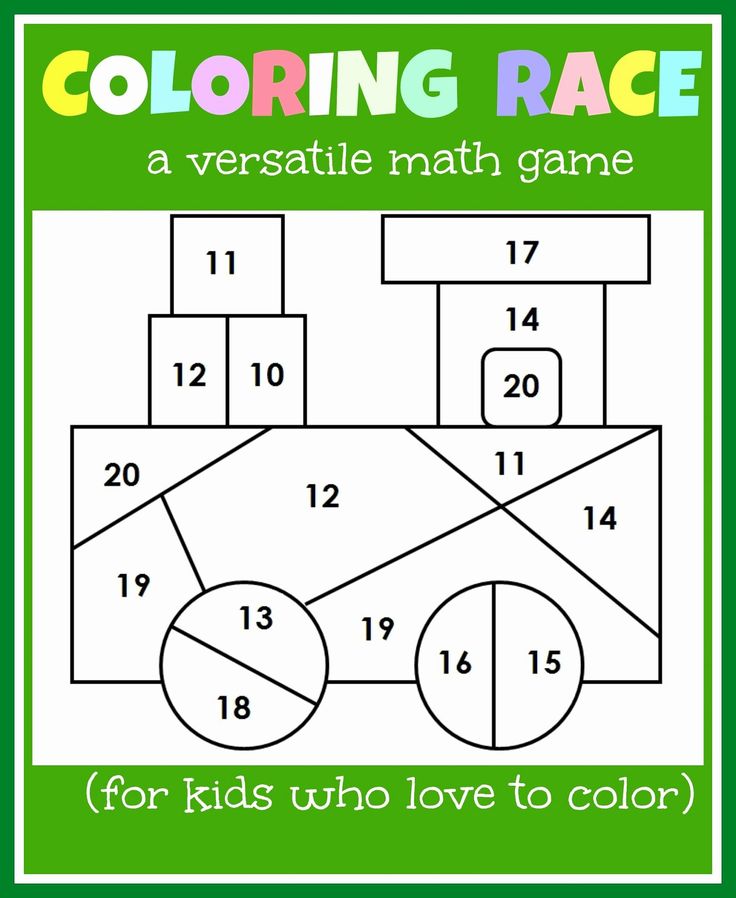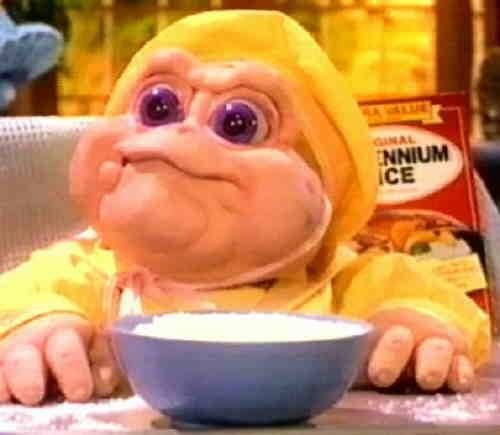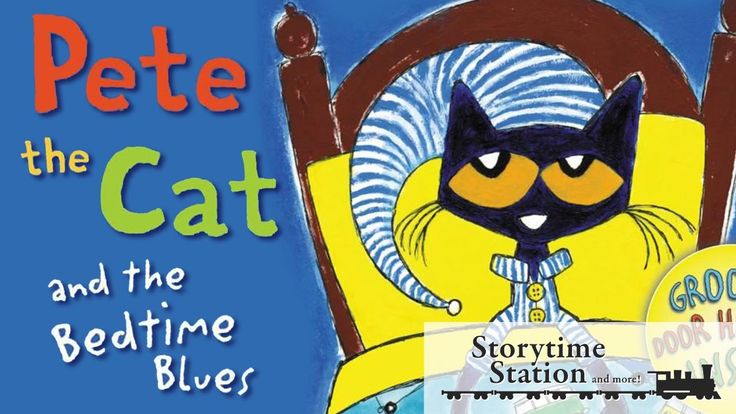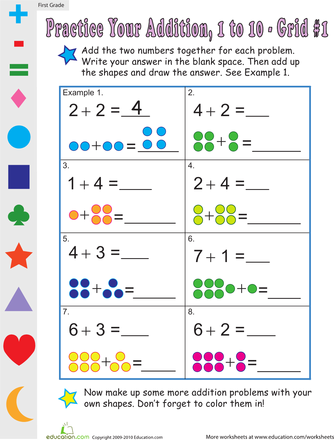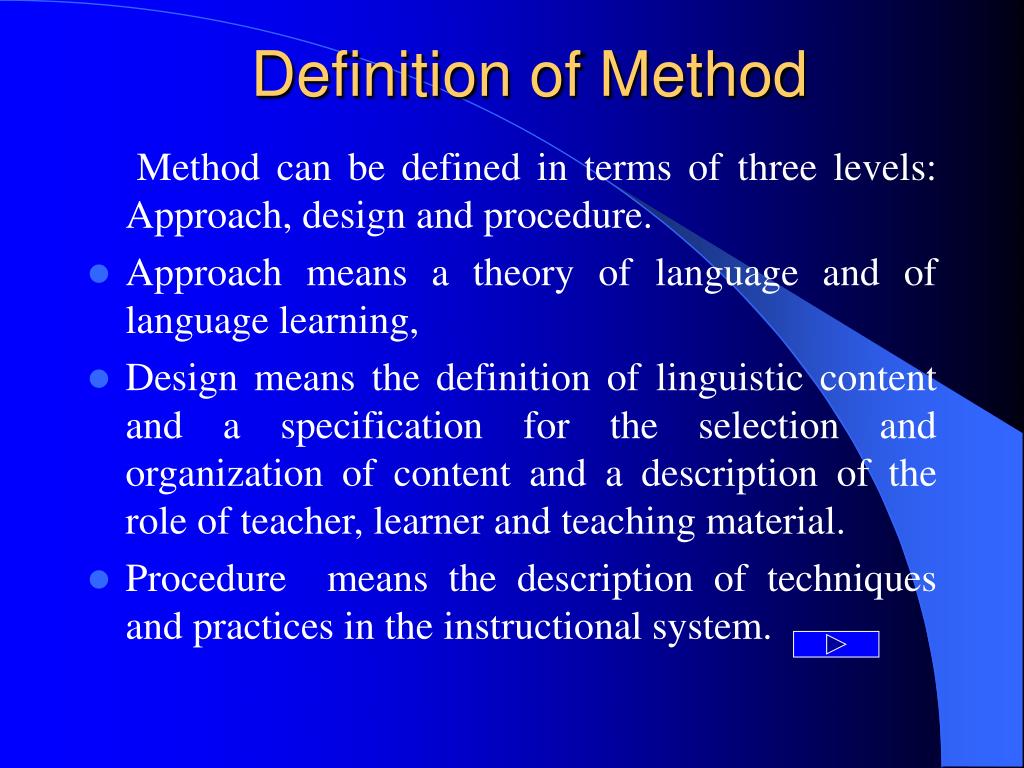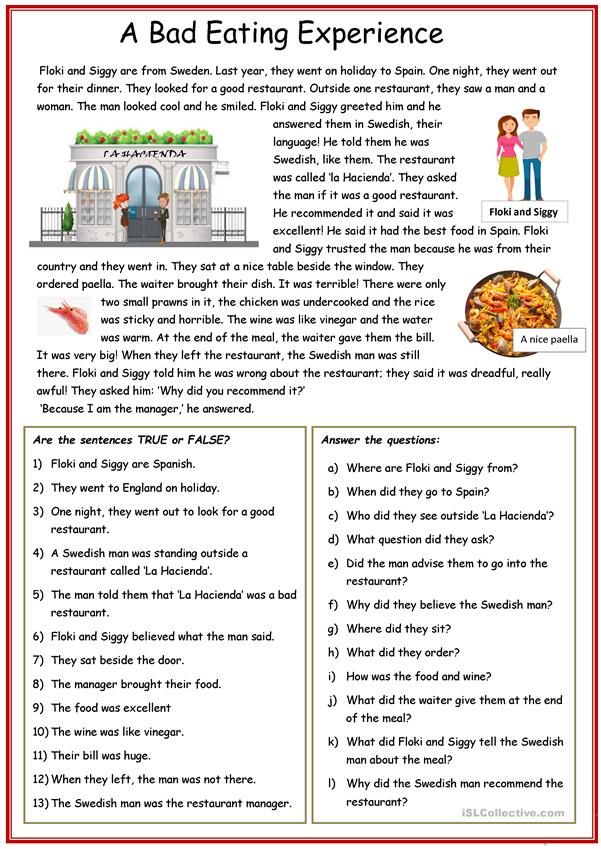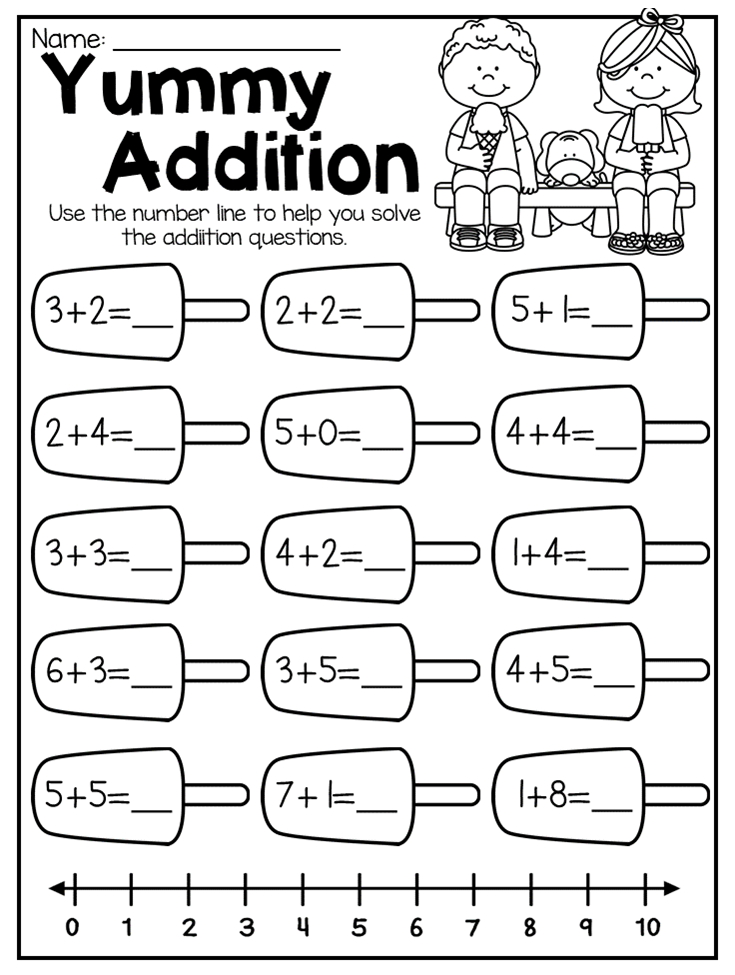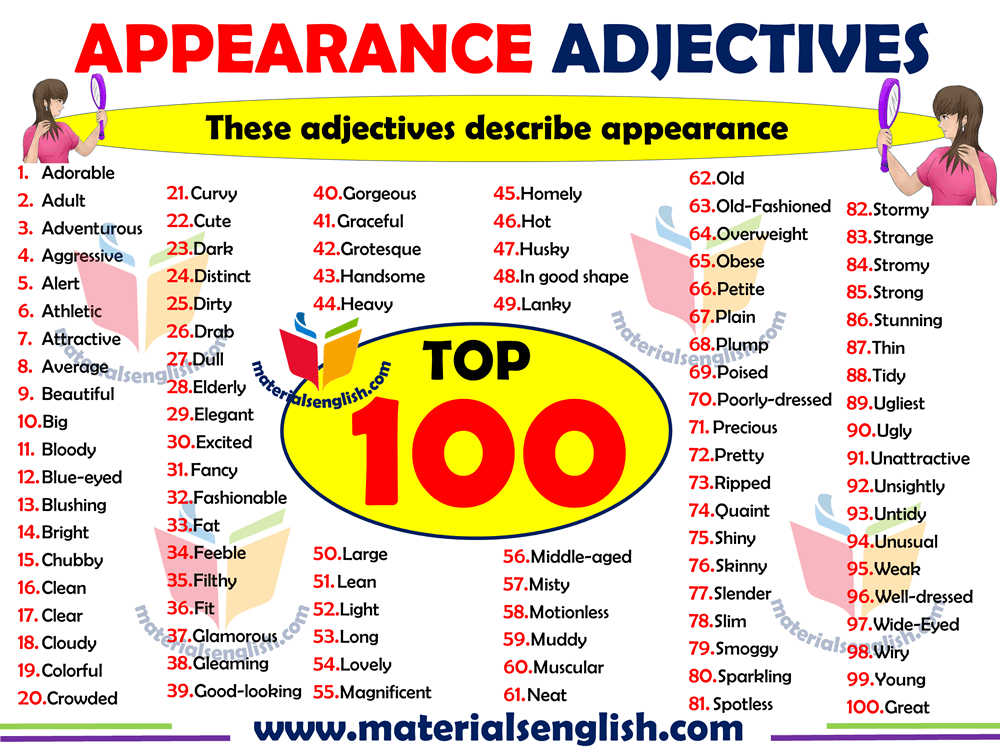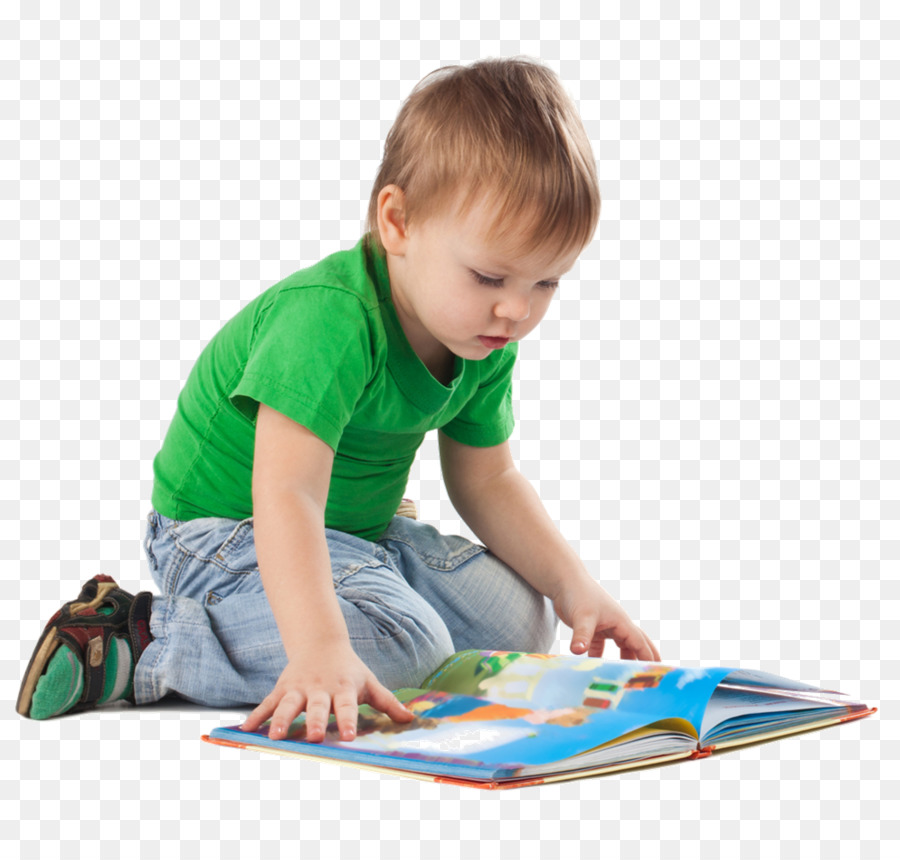Letter s ideas
20 Engaging Letter S Activities For Preschoolers
Letter building and letter recognition are foundational skills built throughout preschool and kindergarten. In preschool, specifically encouraging and practicing motor skills should come at the top of the list. There is an excess of cute letter activities out there for teachers all around the world. It can be a bit overwhelming to find the correct letter activities for your classroom! Our teachers have compiled a collection of letter S activities that will not only keep your preschoolers engaged, but also teach them the importance of having fun with letters!
1. S is for Sand
Bringing out the sand buckets is always a fun activity for students. By using letter cards have students draw the letters they see in the sand. They will love to practice building letters with this awesome letter S activity.
Learn more: The Learning Ark
2. Letter S Scavenger Hunt
This letter learning activity is a great way to practice the sound letter S makes. By listening and searching they will be able to make a connection of the letter to life in your preschool classroom or at home!
Learn more: Primary Playground
3. S is for Snake
A great way to practice the uppercase letter S is to build a snake! This fun letter S crafts & printable is perfect for your upcoming alphabet activities. Students will love attaching googly eyes and bringing their snakes to life.
Learn more: All About Learning Press
4. S is For Snow
This adorable construction papercraft is toddler-approved! Your students and toddlers at home will love making a connection between their learning and maybe the snow they see outside. It's great for a take-home snow day activity.
Learn more: A Little Pinch of Perfect
5. S Is For Straw
We've mentioned some fun letter alphabet crafts above, but this activity fosters fundamental skills that students will use for years to come.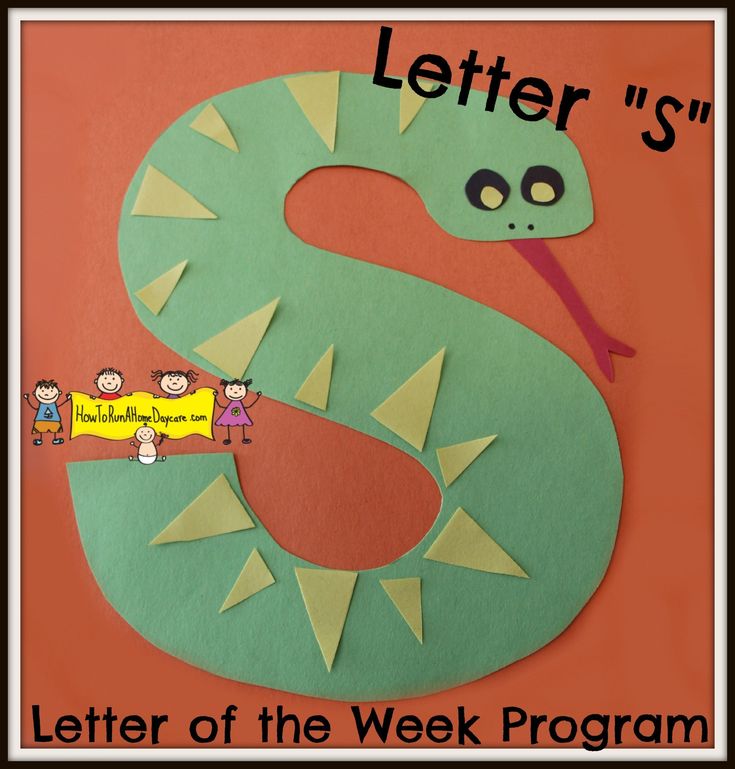 Focusing not only on letter-building skills, but this activity also encourages motor skills of cutting and gluing.
Focusing not only on letter-building skills, but this activity also encourages motor skills of cutting and gluing.
Learn more: Early Learning Ideas
6. S Is For Sprinkles
Sensory bags, sensory bags, sensory bags! Your students will love playing with sensory bags in the classroom. They will especially love the colors of these sprinkles. Just add the sprinkles to a zip lock baggy and use it with stations or as a whole class activity!
Learn more: How Wee Learn
7. S Is For Salt Painting
Salt painting is an impeccable way to enhance learners' letter recognition. Not only is it colorful and engaging, but also easy for students to practice letter shape! They will also love to take their creations home or see them hanging in the classroom.
Learn more: From ABCs to ACTs
8. Snakes and Patterns
S is yet again for snake. An easy way to include motions and dance moves into your teaching.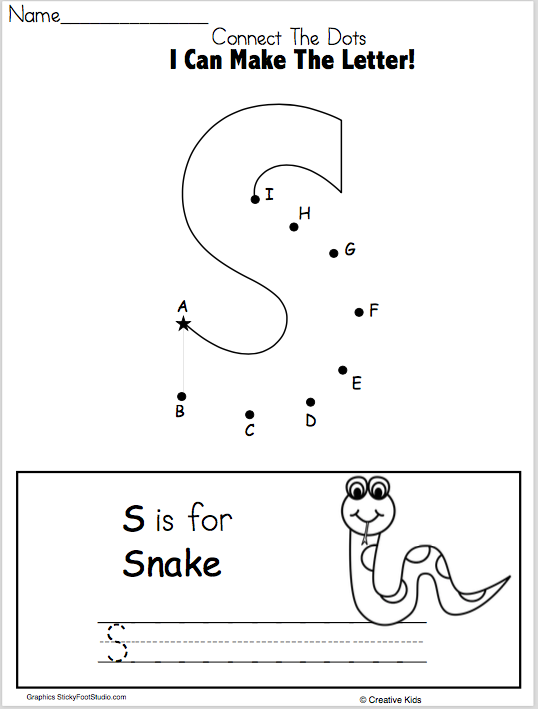 While also creative adorable letter crafts like these pipe-cleaner snakes. Use small or big beads depending on your child's skill level. Oh and don't forget the googly eyes!
While also creative adorable letter crafts like these pipe-cleaner snakes. Use small or big beads depending on your child's skill level. Oh and don't forget the googly eyes!
Learn more: Frugal Fun for Boys and Girls
9. S Sound Puzzles
A challenging activity for preschoolers at home or in the classroom. Print and laminate the puzzle pieces for a station or for a whole group lesson with your kiddos.
Learn more: My Teaching Station
10. S is For Sun
A simple activity using sounds, a piece of paper, and some glue that is sure to keep your students engaged and your classroom decorated!
Learn more: Sight and Sound Reading
11. Color Me Sunny
An all-time teacher and student favorite is hands-down coloring. Take a look at these adorable letter S coloring sheets that your students will love!
Learn more: Teachers Pay Teachers
12.
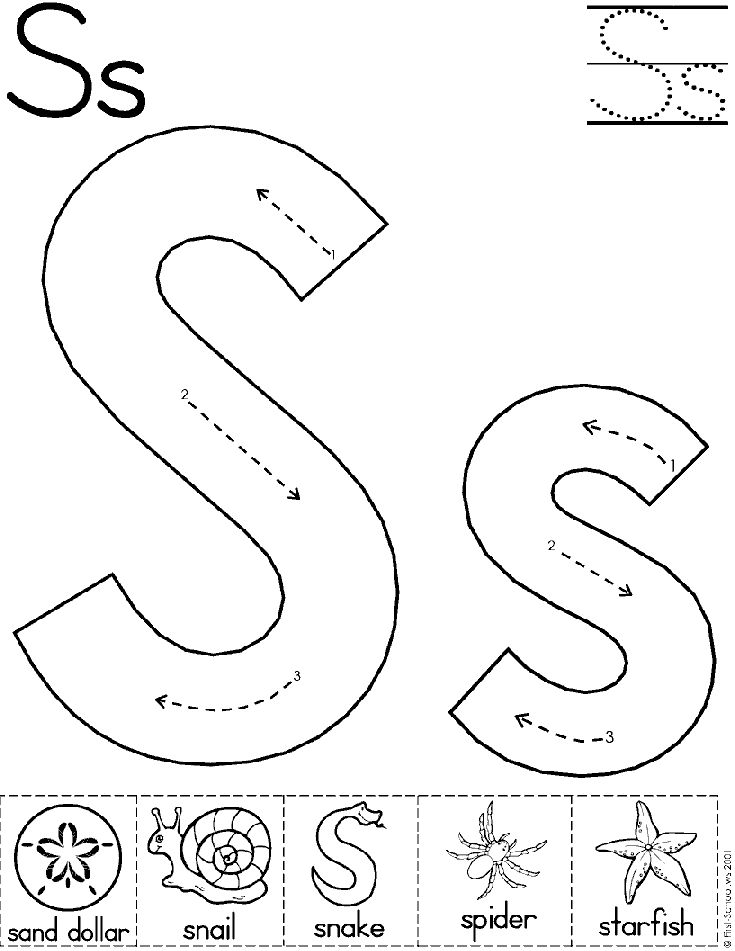 Snowman Shapes Activity
Snowman Shapes Activity Fostering shapes recognition is a phenomenal way of teaching and preparing your kiddos for kindergarten. Using something like play-doh to practice these skills will keep your kids engaged. Use shape cards to give students a guide.
Learn more: Planning Playtime
13. S Dotting Craft
A super simple activity using just a cotton swab, paint, and paper - this will not only have students practicing their letter S building but also will genuinely foster their fine motor skills.
Learn more: Early Learning Ideas
14. S Is For Star
Based on your students' skills level, this is a great activity for preschoolers. Assess their motor skills with a glue and shape activity like this.
Learn more: Sandbox Academy
15. Tissue Paper Practice
Tissue paper practice is super fun because your students will LOVE crunching the little balls.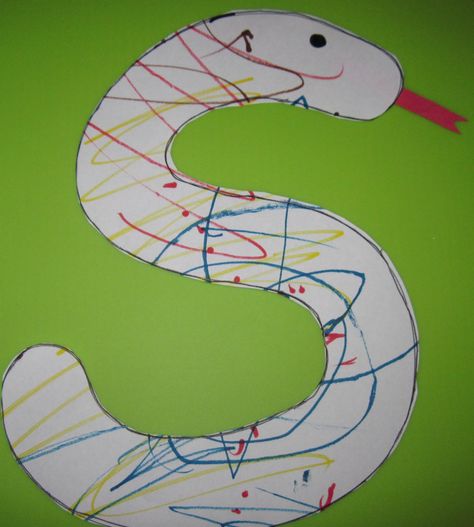 Just outline the letter in glue and let your students do the rest.
Just outline the letter in glue and let your students do the rest.
Learn more: Hands-On Learning with Life over C's
16. S is for Seahorse
A super adorable letter S activity that your students will love to create. Tie this in with an under the sea or ocean theme to foster a cross-curriculum agenda!
Learn more: Early Learning Ideas
17. Feed the Shark
18 Sweet Letter S Crafts & Activities
ByArena Updated on
Super sweet Letter S crafts left! Seahorse, snake, sun, snails, superheroes, are all super sweet letter s words. We are continuing our preschool alphabet learning series with Letter S crafts & Activities. What great practice letter recognition and writing skill building that works well in the classroom or at home.
Learning the Letter S Through Crafts & Activities
These awesome letter S crafts and activities are perfect for kids ages 2-5. These fun letter alphabet crafts are a great way to teach your toddler, preschooler, or kindergartener their letters. So grab your paper, glue stick, and crayons and start learning the letter S!
These fun letter alphabet crafts are a great way to teach your toddler, preschooler, or kindergartener their letters. So grab your paper, glue stick, and crayons and start learning the letter S!
Related: More ways to learn the letter S
This article contains affiliate links.
Letter S Crafts For Kids
1. S is for Snake Craft
S is for snake — so easy and simple! via Kids Activities Blog
2. S is for Superhero Craft
Make adorable super heroes out of popsicle sticks! I would also use googly eyes, I think it would make them a little more fun. via Glued to My Crafts
3. S is for Snail Craft
Paint a paper plate snail with cotton balls. What a cute letter of the week craft. via Kids Activities Blog
4. Letter S Fun Snake Craft
Decorate the Letter s with dot markers to create a fun snake. via Teaching Mama
5. Letter S Seahorse Craft
Create a paper plate seahorse and decorate with tissue paper.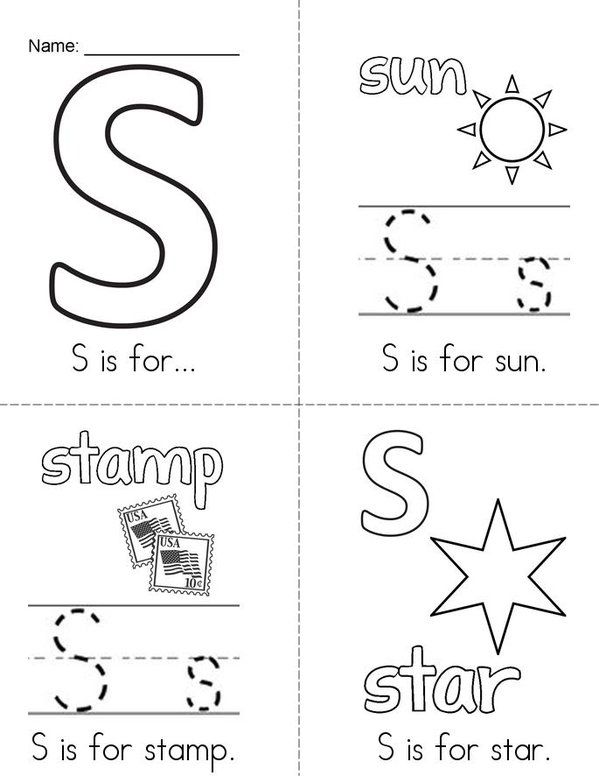 via Glued to My Crafts
via Glued to My Crafts
6. Letter S Swirling Snake Art
S is for snail with this swirling snake art. via My Frugal Adventures
7. S is for Snake Craft
Make a snake from a paper plate. via Kids Activities Blog
8. S is for Spider Craft
How cute is this spider handprint art?! via Mommy Minutes
9. Letter S Skunk Craft
My kids would love this paper bag skunk puppet. via I Heart Crafty Things
10. Letter S Star Craft
Teach kids about stars, space, or the night sky with a “s is for star” craft. via The Kindergarten Connection
Look how cute that superhero craft is.11. Letter S Create A Spider Craft
Create a spider from the letter s using pipe cleaners. via Simply Hood
12. S is for Seahorse Craft
Make a seahorse from the letter s in this adorable craft. via Crafts On Sea
13. S is for Snowman Craft
Make a snowman from the letter s. This is a fun activity whether it’s warm or cold outside and is one of the relatively easy letter crafts.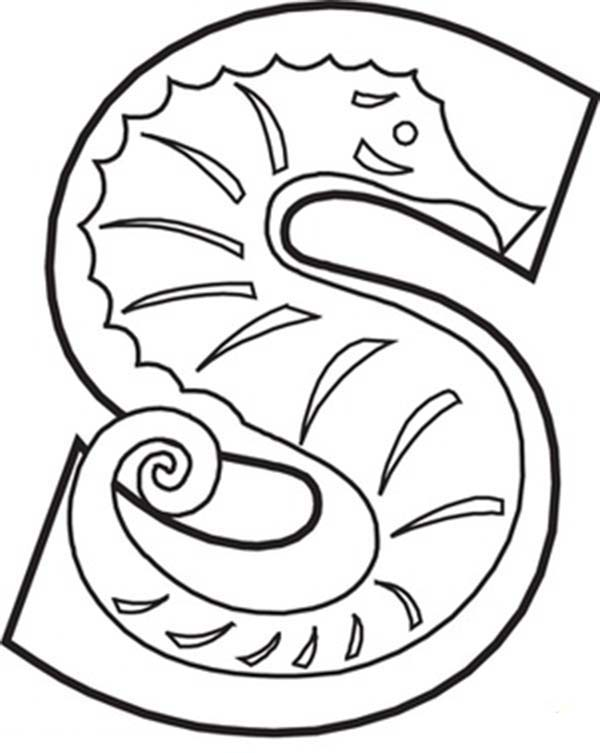 via Crafty Morning via Crafty Morning
via Crafty Morning via Crafty Morning
14. S is for Seeds Craft
Glue seeds onto the letter s — s if for seeds. via Fantastic Fun and Learning
15. S is for Swan Craft
How adorable is this simple swan craft? It looks just like the letter s. via The Princess and the Tot
16. S is for Sunflower Craft
I love this paper plate sunflower craft! via Happy Hooligans
17. S is for Sun Craft
Use a paper plate to make the sun! via Mrs. Wheeler’s First Grade
18. Letter S Craft
Paint a snake with spaghetti with this fun letter s craft. via Crystal and Comp
I love the sunflower craft. It is bright and cheery.Letter S Activities For Preschool
19. LETTER S WORKSHEETS Activity
Learn about the uppercase letters and lowercase letters with this fun educational activity pack. They are a great activity for practicing fine motor skills as well as teaching young learners letter recognition and letter sounds. These printable activities has a little bit of everything needed for letter learning.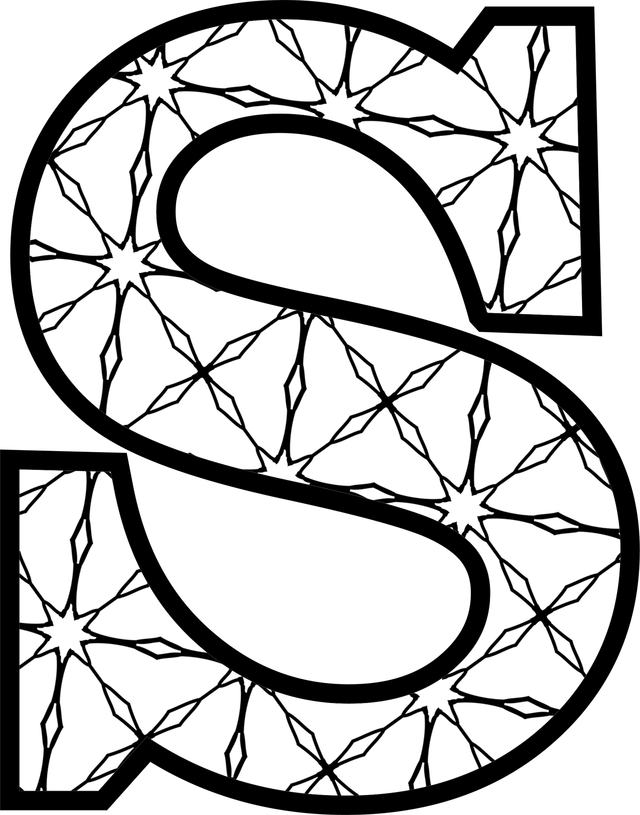
MORE LETTER S CRAFTS & PRINTABLE WORKSHEETS FROM KIDS ACTIVITIES BLOG
If you loved those fun letter S crafts then you’ll love these! We have even more alphabet craft ideas and letter S printable worksheets for kids. Most of these fun crafts are also great for toddlers, preschoolers, and kindergarteners (ages 2-5).
- Free letter S tracing worksheets are perfect for reinforcing its uppercase letter and its lower case letters. This is a great way to teach kids how to draw letters.
- This sunflower craft is so pretty and perfect for your letter s lesson plan.
- So is this happy sunshine clothespin craft.
- We also have some the cutest seahorse coloring pages.
- Learn how to draw a sunflower step by step.
- Stars start with the letter s. These star printable coloring pages are perfect.
MORE ALPHABET CRAFTS & PRESCHOOL WORKSHEETS
Looking for more alphabet crafts and free alphabet printables? Here are some great ways to learn the alphabet.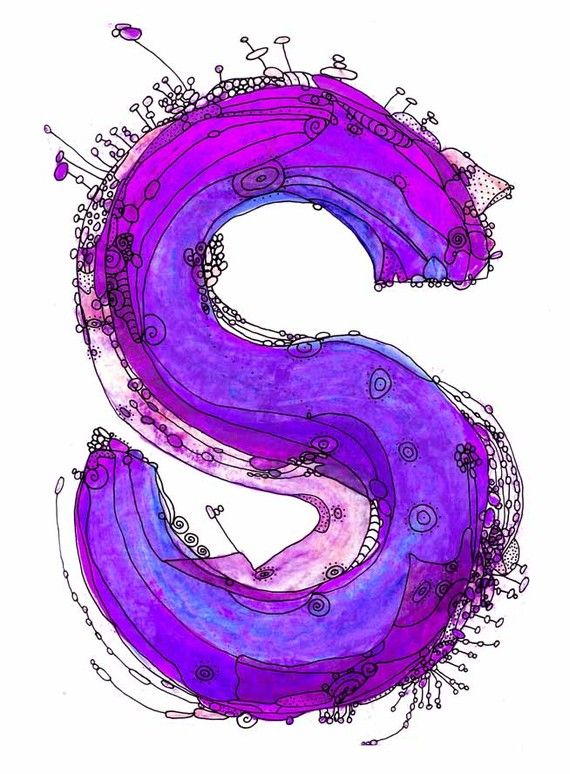 These are great preschool crafts and preschool activities , but these would also be a fun craft for kindergarteners and toddlers as well.
These are great preschool crafts and preschool activities , but these would also be a fun craft for kindergarteners and toddlers as well.
- These gummy letters can be made at home and are the cutest abc gummies ever!
- These free printable abc worksheets are a fun way for preschoolers to develop fine motor skills and practice letter shape.
- These super simple alphabet crafts and letter activities for toddlers are a great way to start learning abc’s.
- Older kids and adults will love our printable zentangle alphabet coloring pages.
- Oh so many alphabet activities for preschoolers!
Which letter s craft are you going to try first? Tell us which alphabet craft is your favorite!
Arena
Arena Blake used to spend her days in the White House writing about the president. Now she spends her days at the kitchen table writing about kids activities and Star Wars crafts.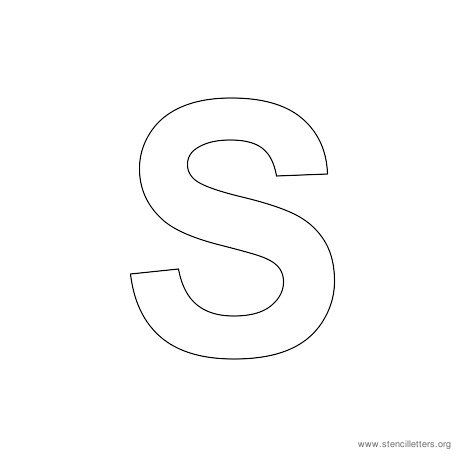
She is the blogger behind The Nerd's Wife, a Dallas mom blog, and author of Awesome Edible Kids Crafts: 75 Super-Fun All-Natural Projects for Kids to Make and Eat. She lives in Fort Worth, Texas, with her husband and son.
Follow Arena on Facebook, Twitter, or Instagram.
"I'm writing to you": 10 ideas for romantic letters
Psychology
"I'm writing to you": 10 ideas for romantic letters
July 5, 2021 3 404 views
Daria Gordeeva
It seems that writing letters to your soulmate is the lot of the most desperate romantics. Psychologists do not agree with this. Letters are a great tool to build trust, get closer, and create a shared reality. Even if you have been in a relationship for many years. The author of the "Year for Two" notebook, Larisa Parfentyeva, suggests writing letters to each other every month. Here are ten ideas of what they might be about.
The brightest day with you
What was the happiest day spent together.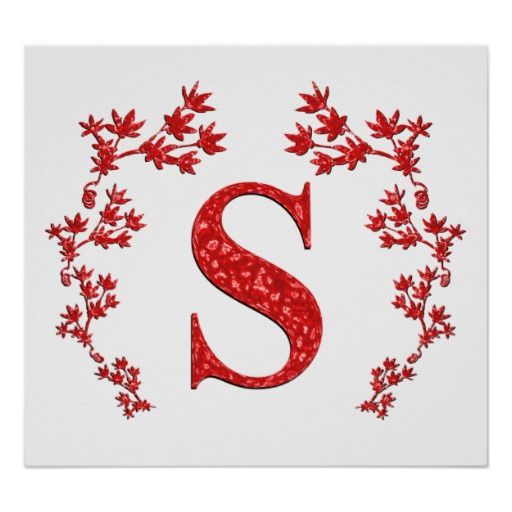 What do you remember about him? What's happened? What emotions did you experience? It doesn't have to be an eventful day. Maybe you spent from morning to evening hugging, watching TV shows, talking and laughing. Perhaps the partner does not even realize that it was on that day that you experienced real joy. The more unexpected your letter will be for him.
What do you remember about him? What's happened? What emotions did you experience? It doesn't have to be an eventful day. Maybe you spent from morning to evening hugging, watching TV shows, talking and laughing. Perhaps the partner does not even realize that it was on that day that you experienced real joy. The more unexpected your letter will be for him.
Our future perfect date
How do you imagine the perfect date? What are you doing? In which place? What are you talking about? How do you behave towards each other? Maybe you want to do a joint tracking in order to properly reboot. Or go to the opera, where you will quietly hold hands, and then jokingly sing parts from the opera in two voices. Describe all this in a letter - and who knows, perhaps all this will come true very soon.
The day we first saw each other
Do you remember the day you met? Could you then think that you would have a romantic relationship? Remember that day in detail. How were you dressed? What did they say? How did you spend time? What did they laugh at? What did you think about when you first saw this person? Recreate that day in all colors.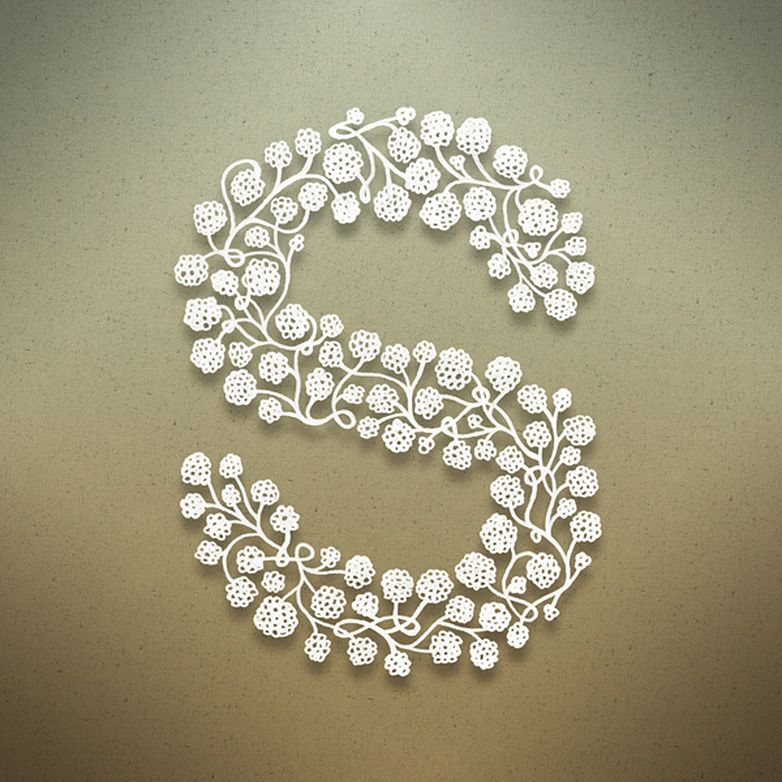
Source
Be there: a letter about your experiences
To build trust and warmth, you must not be afraid to show your vulnerability. In a letter, share what difficulties and experiences you are currently experiencing. Tell us what problem is difficult for you to cope with and how you can be supported in difficult situations (in your career, in relationships and at home).
Thank you letter
Write what you are grateful for to your loved one. Remember what you learned from him. How have you and your life changed since its appearance? What new feelings and emotions have you discovered for yourself? Maybe you are grateful for something, and your loved one does not even know about it. It's time to say thank you.
Fact you don't know about me
There will always be episodes and stories that you never told your significant other about. Remember a funny incident or, conversely, a strange secret that you did not share. Tell us about your innermost things to get even closer to your loved one.
Source
The best vacation together
Some memories you want to leave in your head and scroll through them to infinity. What was your most memorable vacation together? And it didn’t have to be something bright and impressive. Perhaps you remember most of all how you got sick on vacation one day, and your partner carefully turned a cold towel over on your forehead.
The day we laughed to tears
Laughter is an indicator that you and your companion are on the same wavelength. Remember the last time you laughed to tears together? Maybe you found a funny meme, watched a comedy, stand-up, or played a prank on each other. Tell us about it in a letter.
Crazy thing I want to do
What are your hidden desires, fantasies? What rebellious acts do you dream of? Maybe you want to skydive, change your name, live in a cabin in the woods, or master the Japanese art of shibari? Does your partner know about your desire? Maybe your desires coincide and it's time to fulfill old dreams in order to make room for new ones.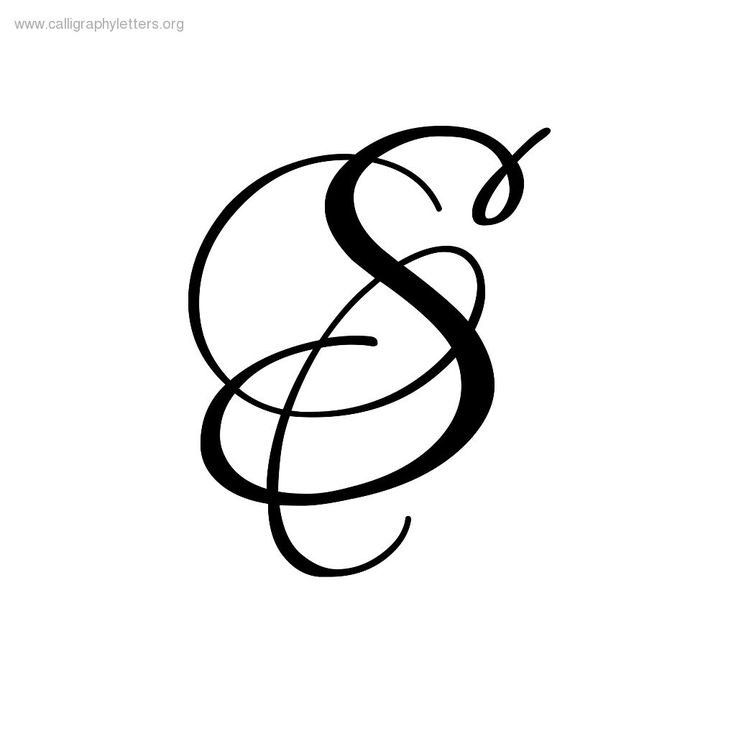
Letter "If you feel sad"
Write anything that will cheer up your partner. Make a list of why he is great, in what situations you were proud of him, what qualities you especially appreciate in him. Recall a funny incident or just write a funny compliment. He will always be able to open this letter and read it in moments of breakdown.
Look for even more ideas for letters to each other, love-lists and questions for discussion in the Year for Two notebook
Cover photo here
15 Examples of Creative Writing – Plerdy
Creative writing in all its forms—poetic impromptu, humorous story, screenplay, novel, or essay—serves multiple purposes. Namely:
- Conveys a personal point of view. Such works are more "human" because they provide readers with an explanation of the author's worldview.
- Engages readers with the structure of the story. For example, changes in chronology, references to the past or future, historical footnotes and other deviations from the dry presentation of facts make readers empathize, rejoice, anticipate - experience the full range of emotions in relation to what is happening in the presentation.
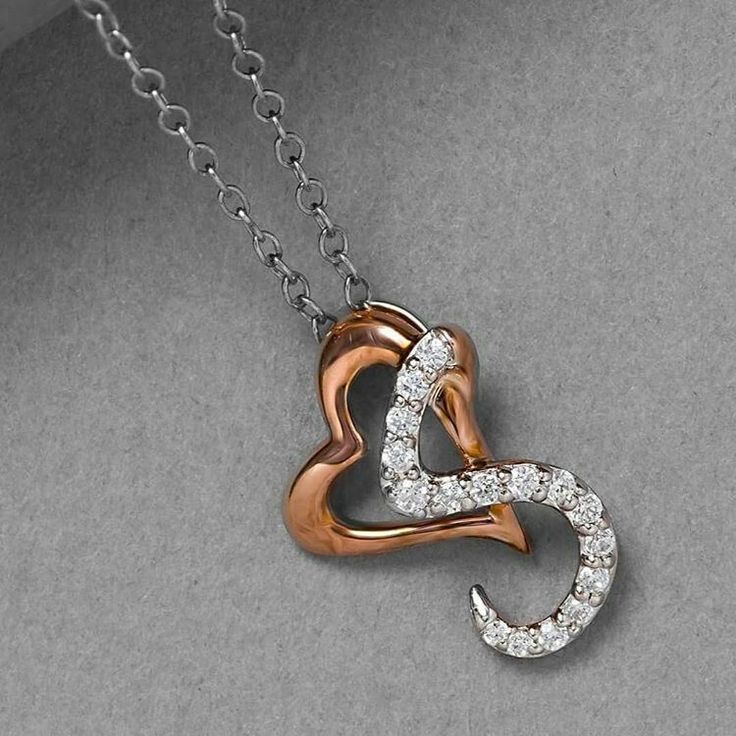 This also includes the method of delaying the solution - it encourages readers to read to the end.
This also includes the method of delaying the solution - it encourages readers to read to the end. - Conveys the main idea. Even a collection of short stories, a script for a TV series, or a multi-volume novel can revolve around a single topic through well-thought-out information organization.
Depending on the location or application, you can choose one of the top types of creative writing - a novel, a story, a sonnet, a memoir, a fairy tale, a poem, etc. We will talk about them in more detail in the article below.
What is creative writing?
Creative writing is a text written using creative techniques to convey information. Creative writing goes beyond the standard professional, journalistic, technical, or academic forms of writing. Any presentation of information outside of these categories is already considered creative writing.
Creative writing refers to texts in various genre and stylistic categories. This includes both fiction and science fiction—drama, poetry, nonfiction, prose, and storytelling.
Elements of creative writing
To create an effective and high-quality text, regardless of the chosen form of creative writing, the following techniques are used.
Plot
A unique idea translated into a compelling story is an important element in creating a compelling story. The dry presentation of facts and the lack of a coherent, well-thought-out plot make the story slurred and boring. As a result, he does not achieve his goal, and the attention of readers is lost.
Characters
Every story has characters in action. And throughout the history of the story it is necessary to reveal their characters. Show how they change, their views and actions under the influence of the described events. Through characters, you convey a story. In essence, the characters are remembered by readers, causing empathy and affection.
Main theme
The central concept that you hold and uncover as the story progresses is the common thread throughout the text.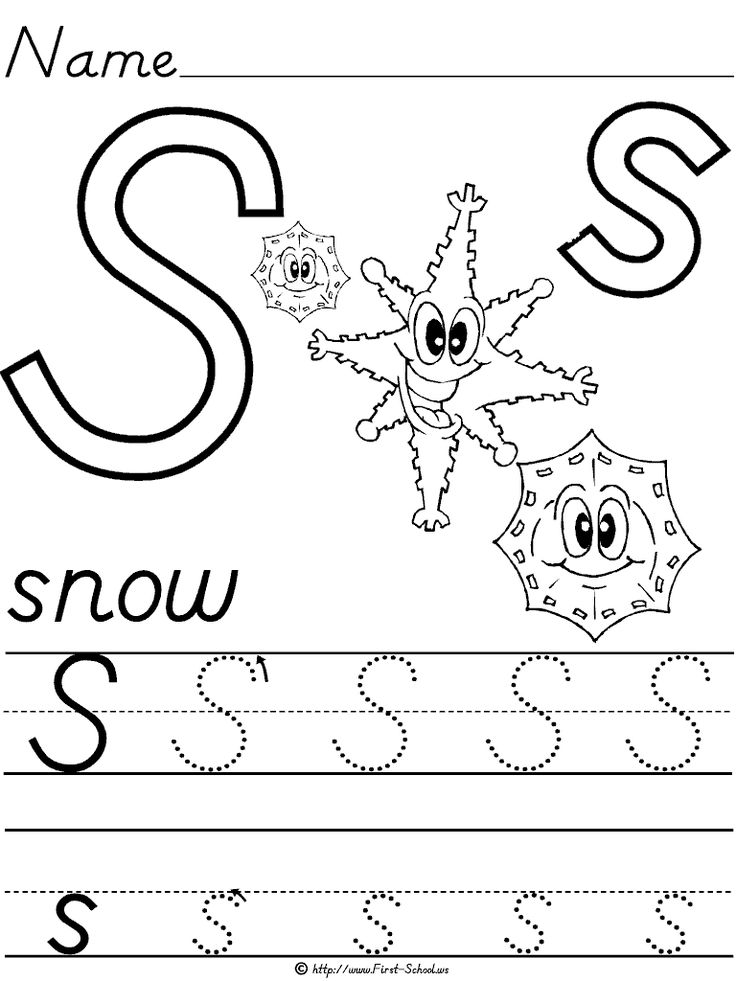 This is its meaning, core, leitmotif, “red thread”. For example, the main theme may be an experience, a lesson - it is called a “moralistic message”.
This is its meaning, core, leitmotif, “red thread”. For example, the main theme may be an experience, a lesson - it is called a “moralistic message”.
Visual descriptions
Description of the geographical location of the action allows the reader to fully plunge into what is happening and imagine himself in the place of the characters. This is an integral part of the story - the visualization of the environment of the storyline creates a background, an overall atmosphere and tells more about the characters.
Point of view
It gives the reader an understanding of the author's personal opinion. As mentioned above, thanks to this, the text acquires the features of personalization. A vivid example is the description of a real crime in the novel In Cold Blood by Truman Garcia Capote. Of course, the presentation of a story in a fictional novel is different from how it would be presented in a news article. By the way, there are three options for presenting the author's point of view - from the first, second or third person. Depending on this, the description of events and their perception will change.
Depending on this, the description of events and their perception will change.
Figurative language
Figurative language techniques inherent in creative writing - metaphors, hyperbole, comparisons, figures of speech. They emphasize the style of the narration, make the text brighter, more readable and help convey some thoughts more clearly.
8 Types of creative writing
Literature in all its diversity allows authors to choose the form of presentation of thoughts that fully reveals their personality and the theme of creative writing.
Poetry
Although poetry is not among the top popular forms of creative writing, it should definitely be in the arsenal of every writer. Writing poetry is a great way to train your writing skills and force your brain to think differently. There are dozens of forms of writing poetry - each word is carefully thought out in them, leaving memories and evoking emotions.
Plays
Short stories similar to scripts, describing the actions and dialogues of the characters, may consist of only one act, or two or more.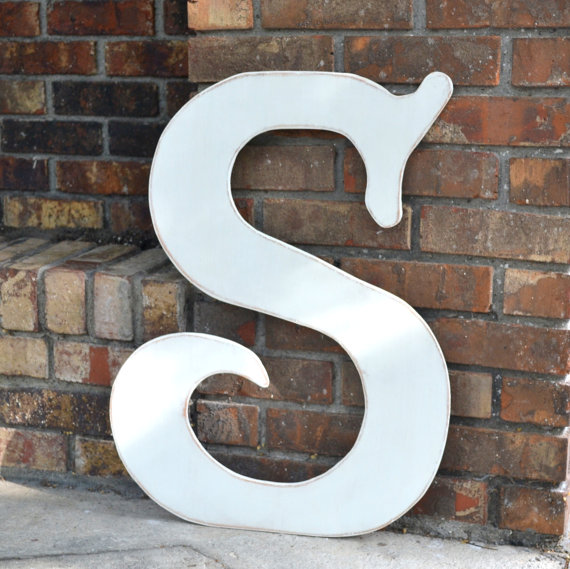 The form of construction makes them an ideal tool for revealing the plot to the public.
The form of construction makes them an ideal tool for revealing the plot to the public.
Scripts for movies and TV shows
Scripts are needed for everything that is broadcast on TV - commercials, shows and movies. Their length varies depending on the type.
Fiction (novels, novels and short stories)
The most common form of literature. A short story contains between 1,000 and 2,000 words, a short story no more than 6,000, and a novel can be 60,000 or more. All types of fiction have a solid plot, but in novels it is more complex. Often, in novels, there are several storylines (dominant and secondary) intertwined. And a lot more characters.
Songs
Lyrics for songs are not just poems set to music. They have a certain rhythm, rhyme and their own forms of presentation.
Speeches
The format is similar to an essay, but with a clear motivating or inspiring message. The peculiarity of this type of creative writing is that a speaker can say up to 100 words in a minute.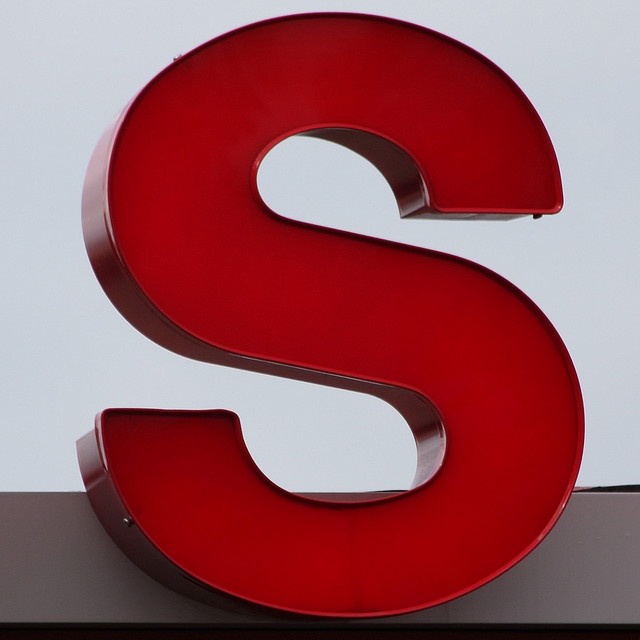 Therefore, the speech must be written with a clear arrangement of accents, so that in the end the incendiary speech does not turn into an incoherent monologue.
Therefore, the speech must be written with a clear arrangement of accents, so that in the end the incendiary speech does not turn into an incoherent monologue.
Memoirs
Refers to scientific creative literature. The purpose of memoirs is to explore and describe the life and experience of a person. Memoirs can describe only a certain segment or a whole life. There are a number of differences from an autobiography: firstly, any other person can act as the author, and, secondly, they are more emotional, since attention is focused on individual moments and the emotional component.
Personal essays
Creative writing, as memoirs, essays and autobiographies show, is not always a product of the imagination. A personal essay is a text in which the author explores and reflects on their experience or opinion on a thesis.
15 creative writing exercises to improve your writing
There is no limit to perfection - and even more so to the perfection of creative writing.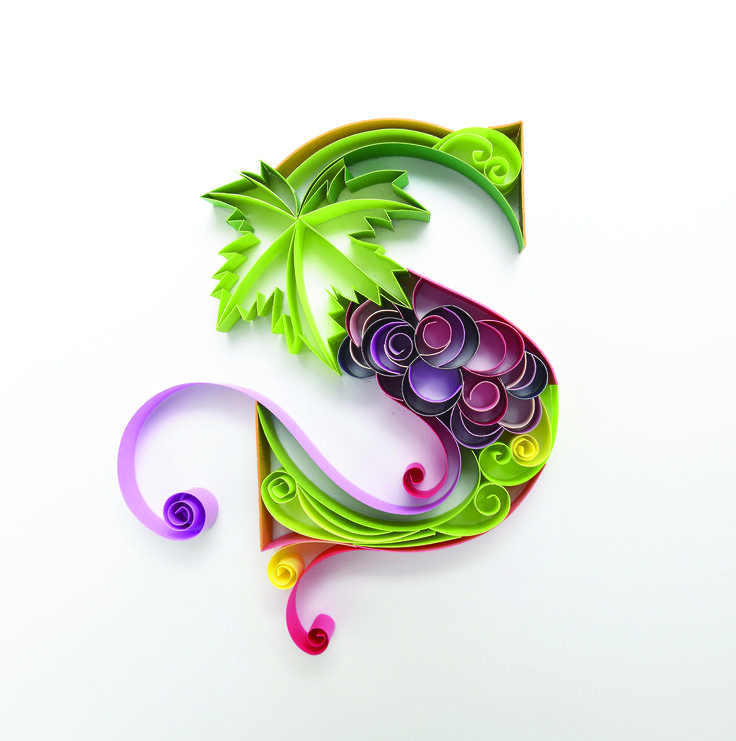 We share the best exercises for developing this skill.
We share the best exercises for developing this skill.
Write a scene or a short story without using adverbs or adjectives.
Restrictions give impetus to the new, allow you to find a way out of the situation, learn the richness of the language and teach you to write differently. Letting go of adverbs and adjectives will open up a world of stronger verbs and nouns. At the same time, this exercise will make your subsequent texts stronger, saving them from the excess of adverbs and adjectives.
Write from different points of view
Write the same piece from different points of view. Alternatively, from the standpoint of diverse characters, a real historical figure or a person you don't like. Moreover, the latter can be a challenge for you, which is much more exciting. This will expand the understanding of the described plot and teach you to think diversified.
Write lists of metaphors
Metaphors are one of the most notable examples of figurative language.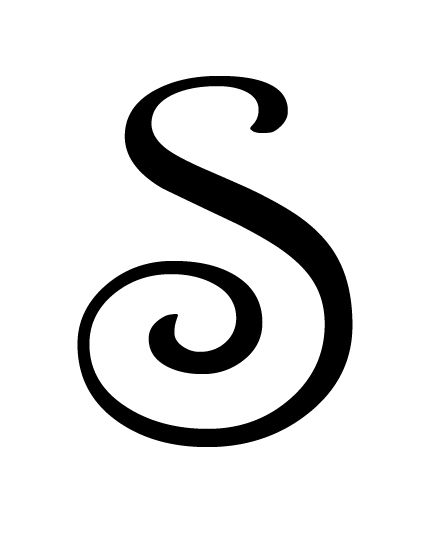 As a practice, make two columns: in one write literal objects and phenomena (table, sky, pen, etc.), and in the next one - abstract (sadness, rage, charm, ignorance, etc.). Then choose one random concept from each column and try to explain one to the other - create a metaphor. For example, by choosing “pillow” and “love”, you can create such a comparison: “Love is like a pillow - it can give peace, but it can also suffocate.”
As a practice, make two columns: in one write literal objects and phenomena (table, sky, pen, etc.), and in the next one - abstract (sadness, rage, charm, ignorance, etc.). Then choose one random concept from each column and try to explain one to the other - create a metaphor. For example, by choosing “pillow” and “love”, you can create such a comparison: “Love is like a pillow - it can give peace, but it can also suffocate.”
Write a short story using the prompt.
You will find such tips on the Internet or in other people's works. These are phrases, words, sentences, preambles of stories, or even a picture - everything that will give impetus to the text. This approach stimulates the imagination and motivates the brain to generate ideas based on the material already available.
"Write your dialogue like it's a script"
Idea by professional critic Gloria Russell. The bottom line is that writers often focus on descriptions of location, emotions, but miss the importance of the dialogue itself. In this exercise, there is an opportunity to imagine the opposite - to make the conversation key. This will help in the future to correctly place accents.
In this exercise, there is an opportunity to imagine the opposite - to make the conversation key. This will help in the future to correctly place accents.
Write your MC in a different world/setting
What would your character do if they were sent to the past era or, on the contrary, to the future? What would he look like? How would this affect his character and preferences? But what if it were a different genre, for example, not modern drama, but science fiction? With this technique, you will improve your connection with the MC and understanding of the hero.
Answer 3 questions
You can write these questions yourself. For example, they may include interrogative particles such as how, who, where, why, why now, etc. Answer the questions asked as quickly as possible.
Write about your expertise
Describe one of your skills, do it as if you are explaining its essence to someone else. The basis can be an elementary skill or experience - for example, washing dishes.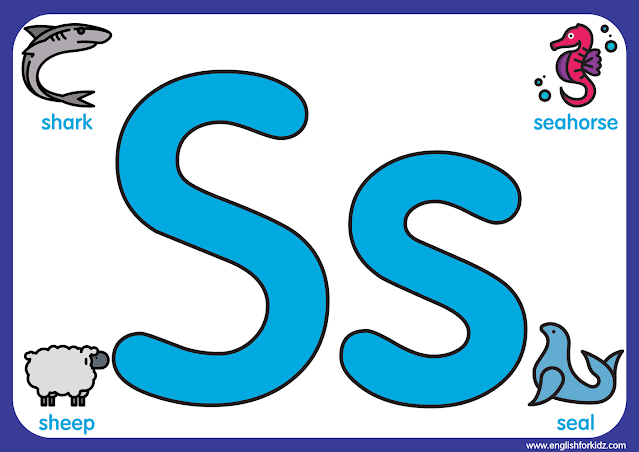 In your story, pay attention to the details, the subtleties of the process and the features of the execution of the work. And add emotion.
In your story, pay attention to the details, the subtleties of the process and the features of the execution of the work. And add emotion.
Write a story told to you
Turn a story told to you into an entertaining piece of literature. It can be any plot - memories of the past performed by a grandmother, a recent situation that happened to your friend, or a story from the life of a famous person.
Write about something or someone that has changed your life
Write in your own name and talk about your emotions, impressions - in other words, share your story. Avoid a formal retelling, but write about what and how influenced you, what feelings it caused and how it changed your personality. As a result, you will get a deep, lively and sincere story.
Write flash fiction
A short version of short fiction. A quick, short story, no more than 500 words, must contain an accurate plot, denouement, character development, emotion and conflict. The most prominent, illustrative example of flash fiction is credited to Ernest Miller Hemingway.

